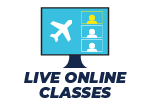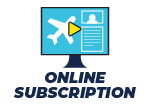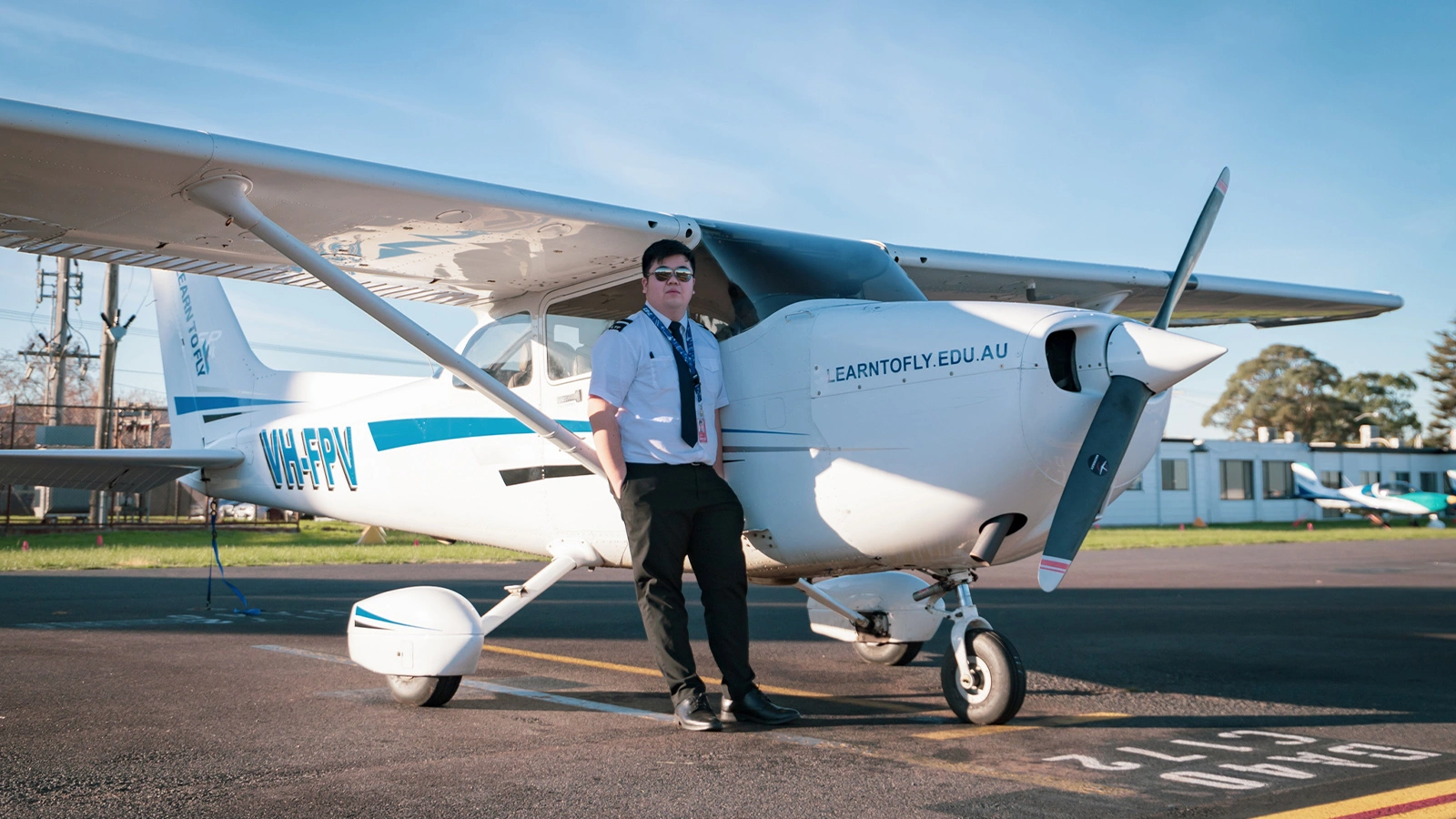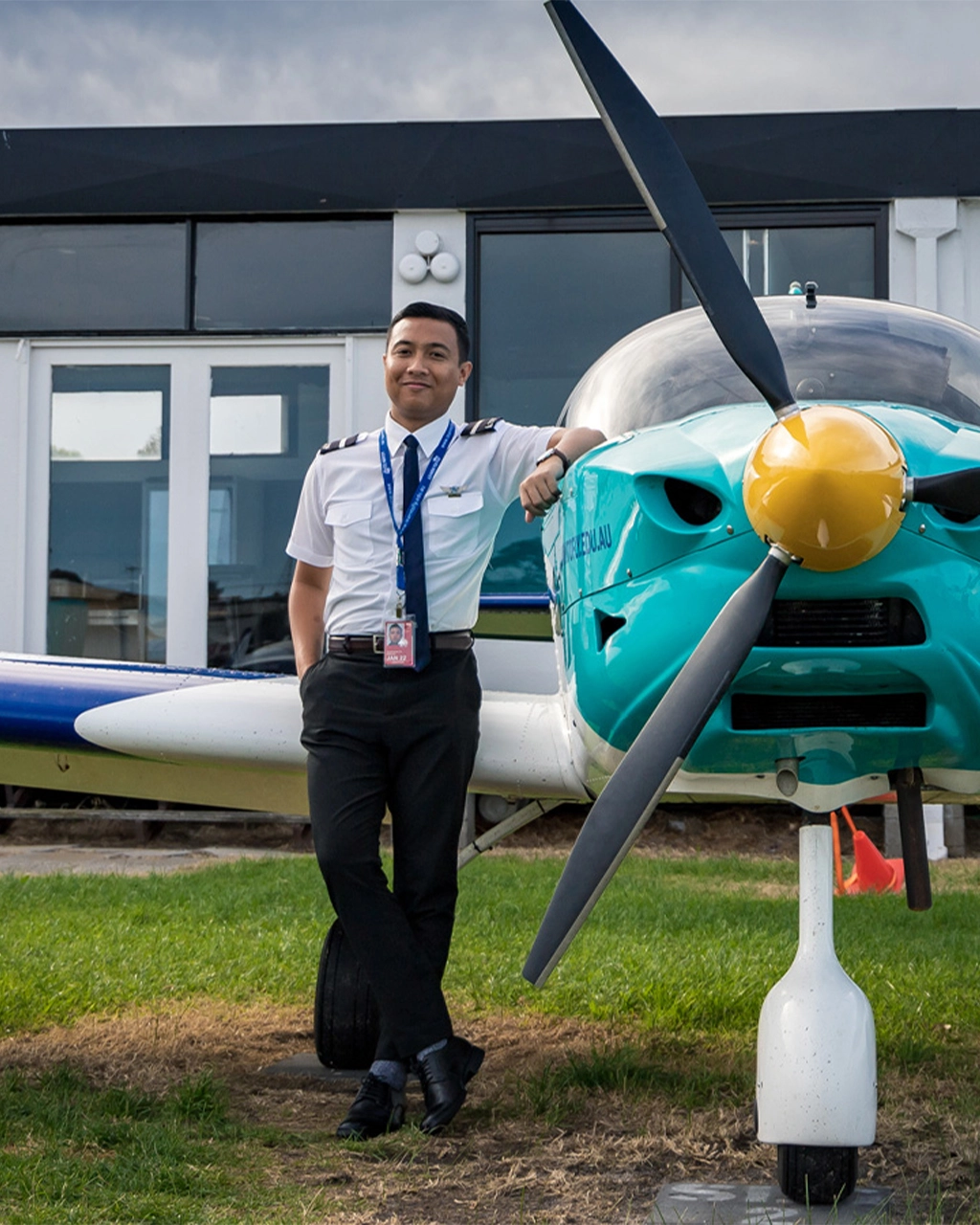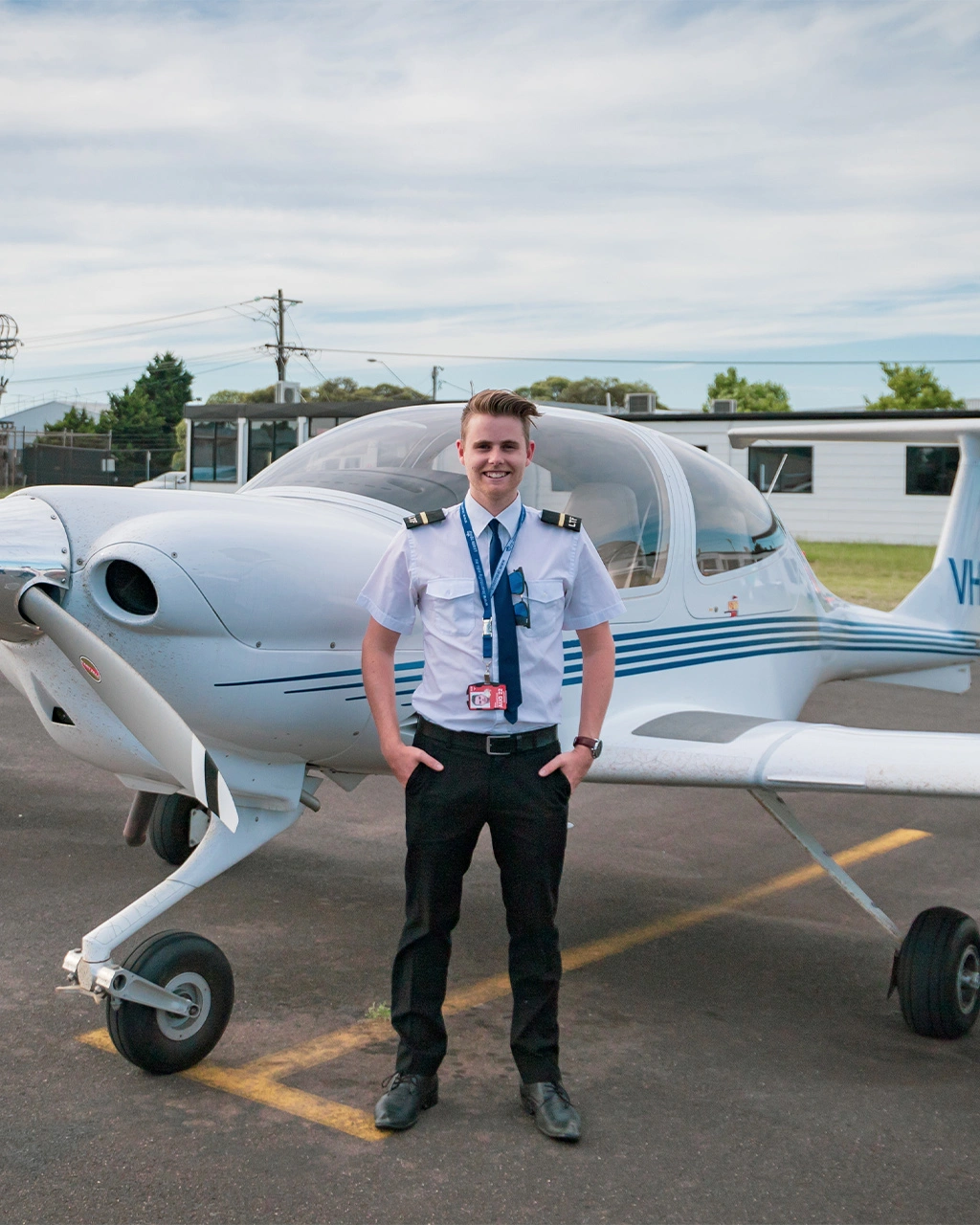
Learn Everywhere.
Recreational Pilot License (RPL) Theory Course
Select delivery methods

Commencing in
Duration
Learn The Principles of Flight Theory
The Recreational Pilot License (RPL) Theory Course teaches you the fundamental aspects of flying including general aviation concepts, basic aerodynamics, aircraft general knowledge, basic meteorology, navigation and flight planning principles, human factors in aviation, and air law. Completing RPL theory as a standalone course gives you the flexibility to get a head-start on the Recreational Pilot License course syllabus and prepares you for the CASA RPL theory exam.
Learn Wherever You Are
We offer the Recreational Pilot License (RPL) Theory Course in a range of delivery methods, meaning that you choose to learn in a group environment or progress through the syllabus in your own time from anywhere in the world. Our course options include:
1. Face to Face: Scheduled group classes taught at Learn To Fly’s state-of-the-art training facility in Melbourne, with another 3 additional instructor theory hours included;
2. Virtual Classroom: Scheduled group classes presented using the Zoom Meeting online platform, with another 2 additional online instructor theory hours included;
3. Online Subscription: All classes are available by a secured student portal to watch at your own pace, with discounted instructor theory hours available for extended learning.
-
1. Aerodynamics
Your introduction to the world of flight, this unit delves into the fundamentals of flight principles, straight and level flying, climbing and descending, turning, and the properties of a stall.
-
2. Basic Meteorology
Weather plays a critical role in flight planning and safety. This unit introduces you to atmospheric properties, cloud formation, weather phenomena, synoptic charts, forecasts and weather reports.
-
3. Aircraft General Knowledge
This unit looks at the aircraft itself, with an in-depth discussion on airframes, propellers, engine types, flight systems, and an introduction to the type and function of flight instruments.
-
4. Human Factors
Human factors are a crucial consideration in aviation, even as technology grows. In this session, we cover health, hearing, vision, balance, stress, fatigue, and TEM (Threat and Error Management).
-
5. Air Law
There is a large range of laws that govern aviation standards and ensure public safety. We look at the regulatory structure, documentation, airspace, flight crew licencing, and rules and regulations.
-
6. Navigation
Knowing how to navigate from point A to point B is key to your development as a pilot. We will discuss the theoretical aspects of time, direction, and speed, and will also look at navigation tools including maps and charts.
-
7. Flight Planning & Performance
Understanding the performance properties of your aircraft will help you to plan flights. This unit covers ISA (International Standard Atmosphere), pressure, density, takeoff and landing performance, weight and balance.
Supercharged by Learn To Fly
Course Content
Every student pilot should enjoy flying. Learn To Fly is constantly creating resources to help students do just that. Not only modern aircraft, but also facilities, experienced instructors and curriculums to create magical learning experiences and make every moment of air time worth it.
See why there’s no better place to learn to fly.
Our Graduate
Sam Ng“By completing this course I have proven to myself that aviation is something that I enjoy, and can excel in. Completing my first solo gave me an immense boost in confidence. Other than the flying itself, I am grateful for the friendships that I have made with fellow students and instructors at LTF.”
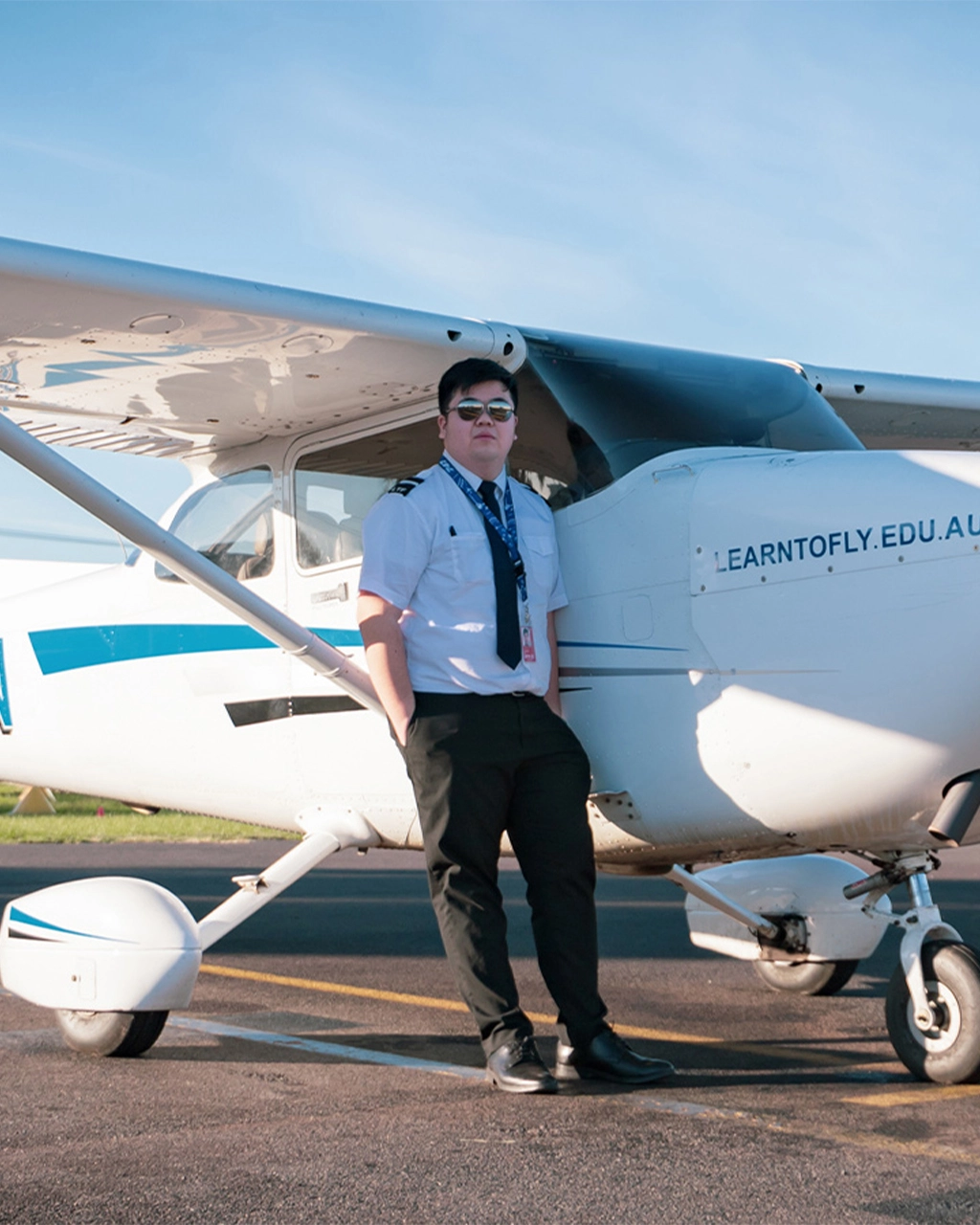
Start Your Flight Training Now.
Download Our FREE Course Guide
Our training program will support your learning and develop your flying skills in and out of the classroom. For detailed information on the course, including program introduction, prerequisites, training syllabus, fees and more, please download our FREE Course Guide.










